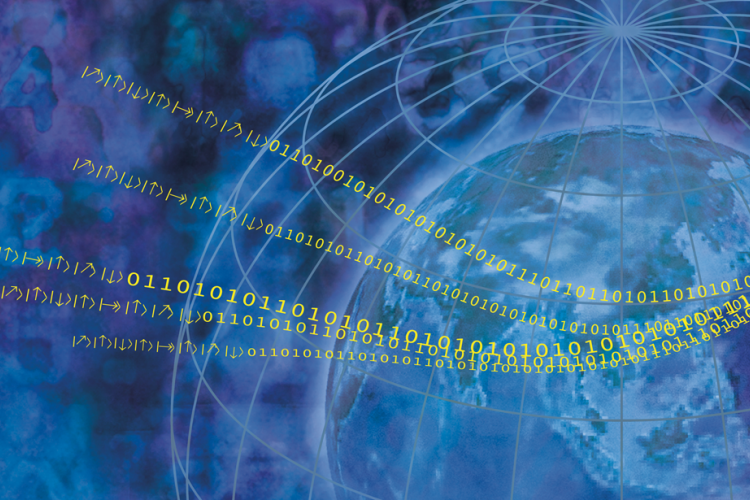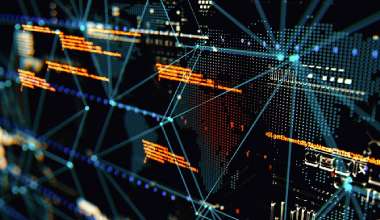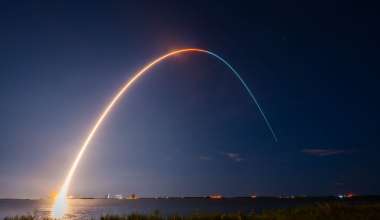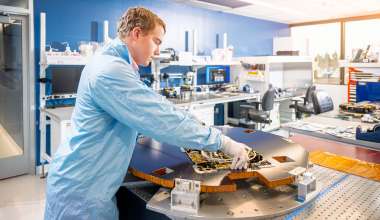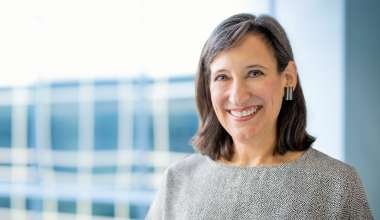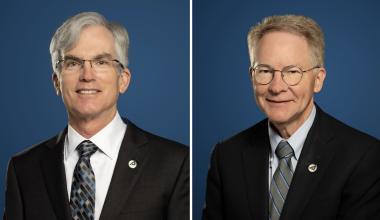In the cloak-and-dagger days of international espionage, spies and their handlers would often communicate via coded messages. Each would have an identical notepad of cryptographic keys used to code and decode their communiqués. After each transmission, the keys would be destroyed, rendering the messages virtually indecipherable.
That worked well for human actors, who could clandestinely meet to receive their keys before going their separate ways. It's much harder for computers, which need to receive their keys over insecure communication channels. As a result, most computers rely instead on algorithms that would require an impractically long time for unauthorized users to crack, but could be cracked if enough computing power was applied by so-called brute force.
Help from Quantum Physics
Quantum physics may provide a better alternative. In traditional radio frequency communications, binary data is encoded on a radio wave by modifying its amplitude, frequency, or phase. The quantum approach encodes data on an individual photon, typically based on its polarization. Security comes from the fact that in the quantum world, the act of measuring a particle's state changes that state. Furthermore, a basic tenet of quantum physics—the "no cloning" theorem—asserts that an unknown state cannot be perfectly duplicated. Thus, any attempts to secretly intercept or recreate the information would fail.
For example, imagine a pitcher throwing a ball that spins as it flies through the air. The catcher can determine the direction of the spin when the ball is caught. An invisible interloper could try to catch the ball first, and maybe even send a fake version—but doing so would change the spin and arrival time, and the difference would be detected. Now, imagine that the ball is a single photon. The spin can be used to encode binary data, which can be used to generate a unique cryptographic key shared only by the sender and receiver. This key can then be used to encrypt and decrypt subsequent messages.
Secure QKD
Aerospace has been investigating whether this technique—known as quantum key distribution, or QKD—can be used to establish secure communications with national security spacecraft. "The goal," said Joshua Stoermer of the Cloud Platforms and Architectures Department, "is to assess the feasibility and performance of QKD for space-based operations, where the communicating parties are a space-based optical transmitter, and either a space-based receiver or a stationary ground-based receiver."

The idea of tracking a single photon through the atmosphere may sound far-fetched, but the technology is well within reach. "We've modeled and simulated space-to-ground QKD and shown that it's possible," Stoermer said—and in fact, China has already demonstrated space-to-ground QKD, he noted. Still, detecting single photons is no easy task. "You lose orders of magnitude of your photons from just beam spreading—then you need to detect that single photon that makes it to your receiver! Your filter width needs to be incredibly narrow and your timing needs to be perfect—otherwise, you're just going to detect a background photon," he explained.
QKD in the Lab
The research team recently assembled a test bench, combining commercial off-the-shelf (COTS) components with custom controllers. "Ideally, we'd have a source that transmits a single photon per pulse," Stoermer explained; however, single-photon sources are not readily available in the COTS world. Instead, the team is using weak coherent sources (diode lasers) and gating the pulses to transmit one photon per pulse—on average. The technique requires a bit more work, but, Stoermer said, "we can achieve the same security (mathematically) as we would with a single-photon source."
The team has nearly finished the proof-of-concept experiments in the lab and is planning a series of ground-to-ground experiments, where the transmitter and receiver will be at different locations. After that, the team will pursue either an air-to-ground or air-to-air experiment. These efforts, Stoermer said, will culminate in a space-based QKD demonstration with CubeSats, either space-to-ground or space-to-space.
Ultimately, the results of these investigations will help Aerospace guide customers on the practical engineering considerations for implementing QKD in space.
This technology is available for license.
Technology Transfer at Aerospace
Aerospace has a variety of technologies available for licensing. For commercial companies, Aerospace may offer royalty-bearing exclusive or nonexclusive licenses, options, and low-fee evaluation licenses. For not-for-profits, FFRDCs, universities, and government agencies, Aerospace may offer royalty-free licenses.
Our office can assist you with executing a Non-Disclosure Agreement (NDA), software releases and end-user licenses, as well as patent know-how and copyright licensing.
Contact us at ip@aero.org.
